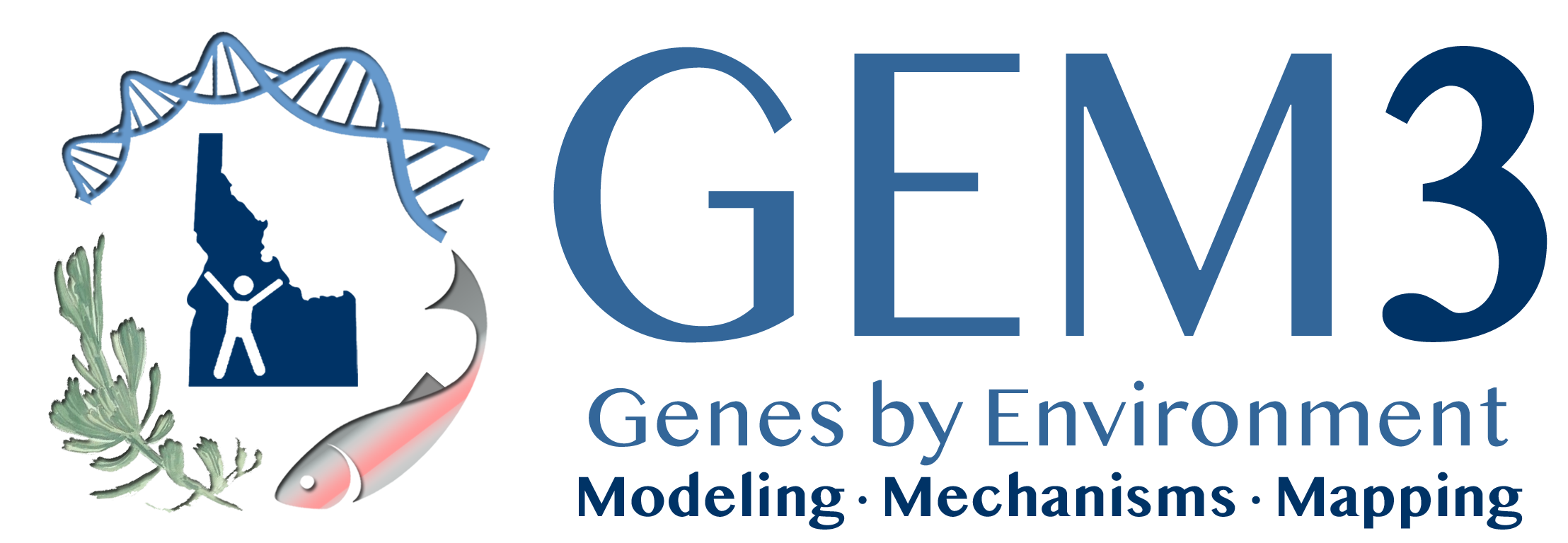Data and code from: Phenological shifts across the invaded range of Blue Mustard (Chorispora tenella)
Invasive species represent excellent evolutionary test cases for understanding how species may rapidly adapt to novel environments, for example, in the face of climate change. Often invasion biology relies on comparisons between contemporary populations or ranges (i.e. current populations from the invaders native and invasive ranges), inferring that any differences should be the result of evolution in the invaded range. However, natural history collections such as herbaria offer the opportunity to compare invasive individuals across the timeline of an invasion. Native to Eurasia, blue mustard was introduced to North America by 1894, and has since spread to 31 US states and 3 Canadian provinces. It is a weed of both rangelands and croplands, and to date most research has focused on management. Using phenological data scored from 528 digitized herbarium specimens collected in western North America between 1920 – 2020 and monthly climate data during this time (CRU v4.06), we ask 1) does phenology change over the course of invasion? and 2) how does regional climate influence the phenological timing of blue mustard across its invaded range? We find that mean annual temperature and interannual temperature variability were the most predictive of phenology day of year. The average timing of phenology, across all life stages, occurs earlier in warm regions than in cold regions. Plants in the coldest and most temperature variable regions of the range experience the most delayed phenological timing, likely serving as a strategy to avoid winter frost. Interestingly, interannual temperature variability was less deterministic of phenology in warm regions. Warm regions have long growing seasons, such that temperature unpredictability may not impose a large frost risk on plants and thus have a reduced effect on phenology. In this dataset, phenological variation along this mean annual temperature gradient is contingent on the predictability of the temperature regime itself, a pattern which has not been show before in this type of system to our knowledge. This may have implications for this plant under climate change, which should increase temperatures, but also unpredictability, across this range. This spatial pattern may be driven, to some degree, by adaptive genetic variation in the phenological strategies of blue mustard.
- invasion
- herbarium
- climate
- interannual temperature variability
- mean annual temperature
- Chorispora tenella
Data Authors/Creators
- Other Author(s): J. Mason Heberling
ORCiD: 0000-0003-0756-5090 - Other Author(s): Rachel A. Reeb
ORCiD: 0000-0003-4402-0268
Contact Information
- English
- US National Science Foundation: PRFB-1523842
- US National Science Foundation: PRFB-1612079
